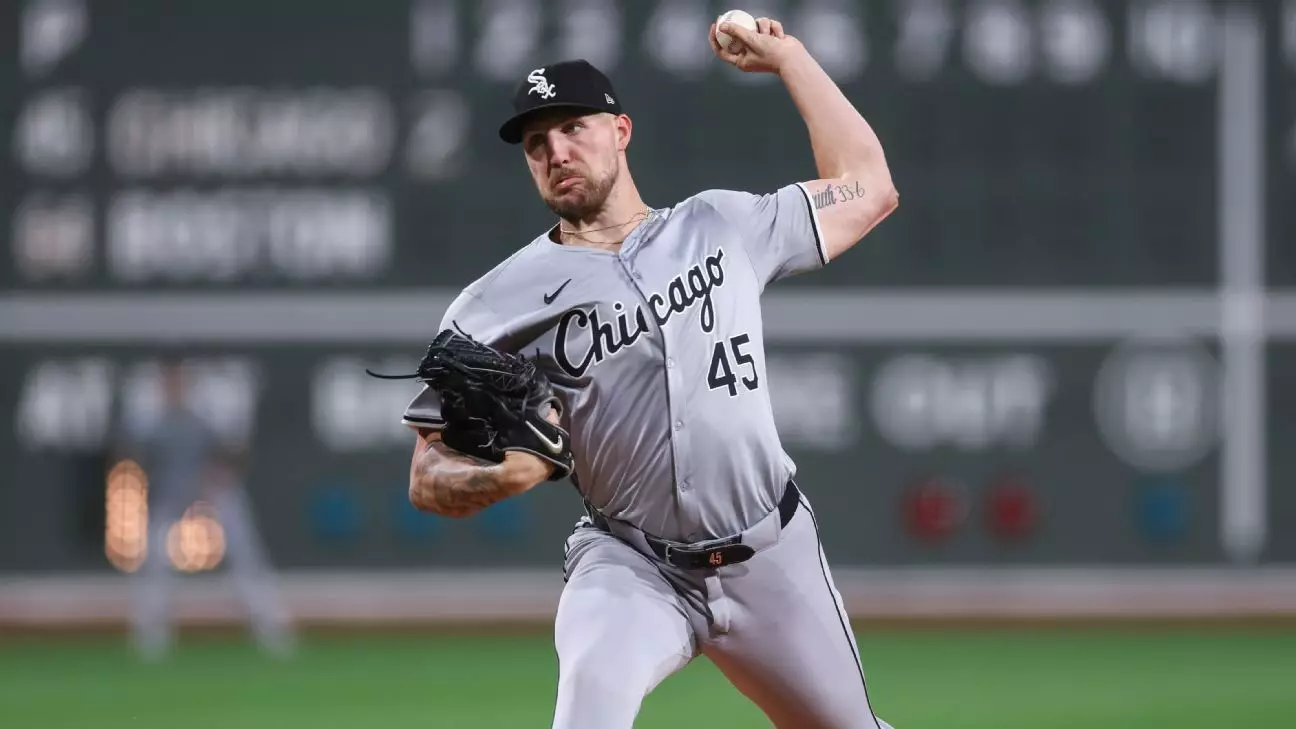As Major League Baseball teams continually evolve to meet competitive demands, the Boston Red Sox are clearly positioning themselves for a transformative 2025 season. After facing significant challenges in securing a reliable starting rotation last year, the franchise is now open to exploring the advantages of a six-man rotation. Craig Breslow, the team’s chief baseball officer, addressed these strategic conversations and their implications in a recent press briefing, following notable player acquisitions including Garrett Crochet, Patrick Sandoval, and Walker Buehler.
Breslow’s insights highlight a burgeoning flexibility in the team’s approach to pitching. “We have had some conversations,” he articulated, suggesting that acquiring depth in the pitching lineup is paramount. He noted the inevitability of needing more than five pitchers throughout the season, particularly given the unique demands imposed by MLB’s early-season scheduling. The shift towards a six-man rotation represents a progressive mindset aimed at amplifying starting pitching effectiveness while simultaneously preserving the health and stamina of pitchers throughout the long season.
Reflecting on last season’s tribulations, the Red Sox faced a steep learning curve. With the loss of two key pitchers—Chris Sale, who eventually won the National League Cy Young Award after transitioning to the Atlanta Braves, and Lucas Giolito, who suffered a debilitating elbow injury—the team’s starting options grew increasingly limited. The second half of the season was particularly taxing, stretching the starting rotation thin and negatively impacting the bullpen’s performance. This struggle ultimately culminated in the Red Sox missing the playoffs for the third consecutive year.
The imminent enlisting of newcomers heightens anticipation for a more formidable rotation. Breslow’s recent trade for Garrett Crochet from the Chicago White Sox—acquired for four prospects—signifies a lean toward aggressive rebuilding. Despite the White Sox’s overall dismal performance last season, with a startling 41-121 record, Crochet managed to deliver a respectable 3.58 ERA across 32 starts. This dynamic showcases Breslow’s commitment to finding talent, even within struggling franchises.
In addition to Crochet, the Red Sox’s signing of Patrick Sandoval and Walker Buehler adds layers of intrigue to their strategy. While Buehler’s prior season statistics reflect challenges, specifically a 5.38 ERA and a disappointing 1-6 record, his postseason performance unveiled his potential to perform under pressure. His postseason 3.60 ERA and striking out the final two batters to secure a World Series win epitomize the kind of high-stakes performance that could be invaluable to the Red Sox’s rotation. On the other hand, Sandoval’s path to recovery following UCL surgery provides a glimmer of hope for a strong return, which could solidify the rotation as the season progresses.
Breslow’s confidence in their new acquisitions indicates a shift from reliance on a handful of starters to a more robust strategy involving multiple options. With Giolito, Tanner Houck, Kutter Crawford, Brayan Bello, and Garrett Whitlock already in the mix, it seems the Red Sox have positioned themselves with a depth chart that could allow them to tap into a reserve of eight or even ten viable starters.
As the organization asserts its dominant strategy on the mound, Breslow will also face the challenge of balancing offensive resources. Notably absent from trade discussions is young first baseman Triston Casas, despite evident interest from other teams. Breslow has emphasized the potential of Casas, standing by his value within the organization as he works through injuries that plagued the previous season. Such commitment underscores the necessity of nurturing young talent amid roster restructuring.
Furthermore, speculation around Rafael Devers transitioning positions has circulated, given his shaky defensive record. However, Breslow remains adamant about Devers’ current role at third base while remaining open to creative solutions for assembling a competitive roster.
Overall, the Boston Red Sox are positioning themselves for a stronger future through strategic acquisitions, enhanced pitching depth, and a commitment to nurturing younger talent. The exploration of a six-man rotation is not simply a response to last year’s failures but a proactive approach as they return to contention. With the right execution and a bit of luck, the Red Sox may find themselves in a prime position to reclaim their status as a force in Major League Baseball.

